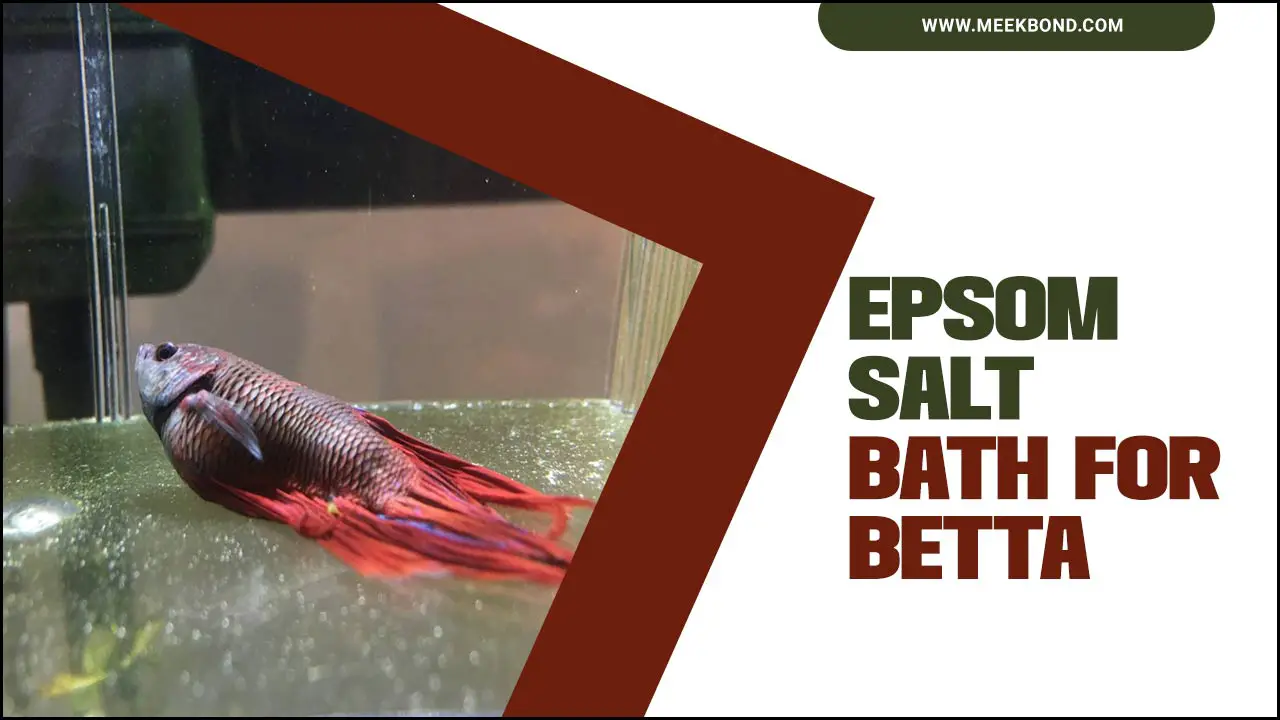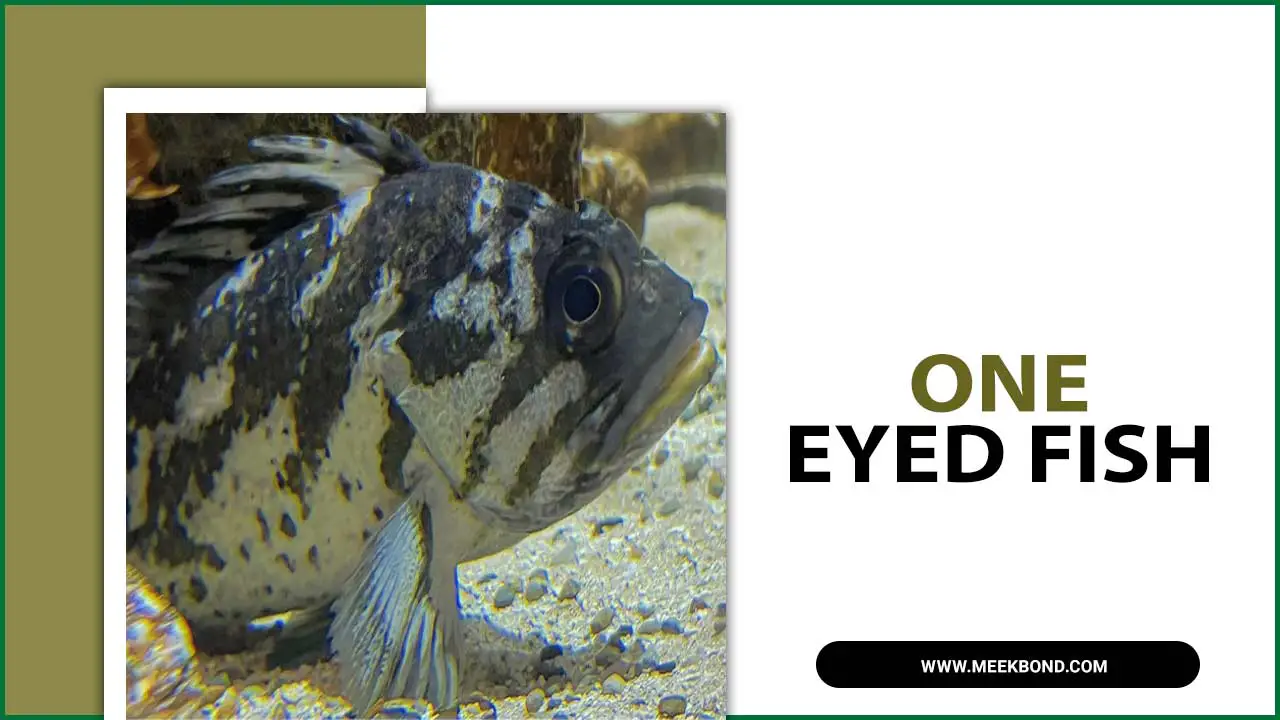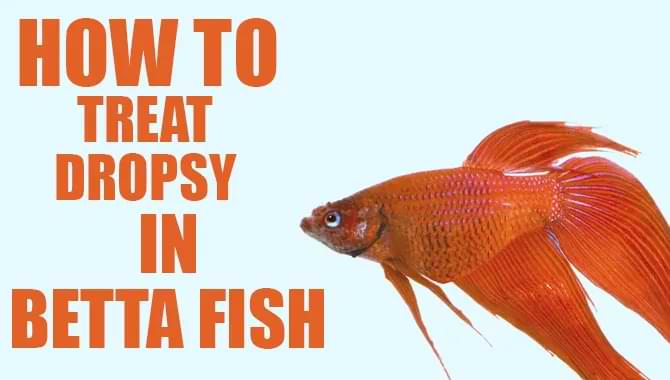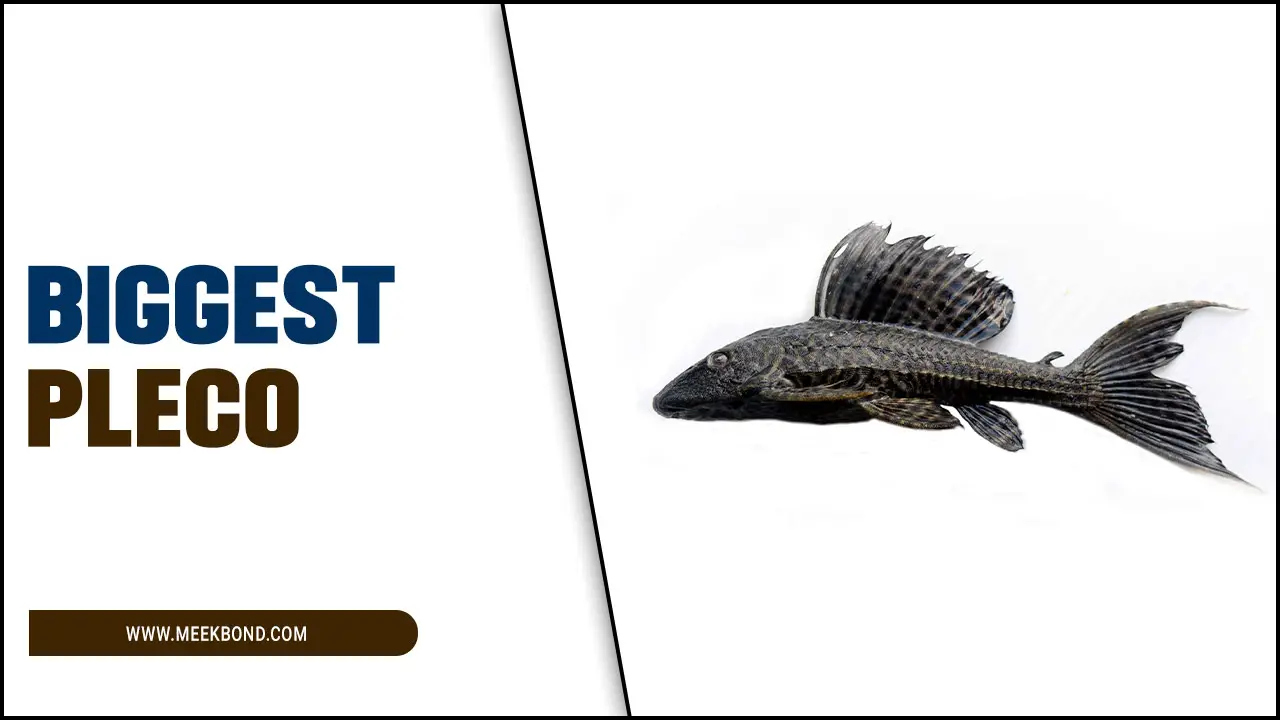Otocinclus, also known as the dwarf suckermouth catfish, is a popular freshwater fish species among aquarium enthusiasts. These small, peaceful fish are native to South America and are commonly found in rivers and streams.
With their unique appearance and beneficial qualities, Otocinclus are a great addition to any aquarium setup. Otocinclus are popular for keeping aquariums clean by feeding on algae and other debris. The Otocinclus is a favourite freshwater fish in the aquarium hobby due to its peaceful nature, algae-eating habits, and small size. However, determining how many Otocinclus to house in a 10-gallon tank can be tricky.
Overcrowding can lead to water quality issues, stress, and disease, while understocking may result in an environment that is not stimulating enough for the fish. We will discuss the recommended number of Otocinclus to keep in a 10-gallon tank while considering factors such as tank dimensions, filtration, and compatibility with other fish. We will also address the Otocinclus’ care requirements. So read on and find out.

Understanding The 10-Gallon Tank
Understanding the 10-gallon tank is crucial for anyone who wants to keep fish as pets. This tank size suits small fish breeds such as tetras, guppies, and bettas. It is also perfect for shrimp and snails. However, it’s important to note that you should not overcrowd the 10-gallon tank as it can lead to poor water quality and health issues for the fish.
When setting up a 10-gallon tank, choosing the right filter, heater, and lighting is important. You need a filter to keep the water clean and clear and a heater to maintain the right temperature for the fish.
Lighting is important for plant growth and simulating a natural environment for the fish. It’s also essential to cycle the tank before adding any fish. This means establishing a beneficial bacteria colony that breaks down and removes toxins from the water. It can take several weeks to cycle a tank fully.
How Many Otocinclus Should You Keep In A 10-Gallon Tank? – Detailed Answer
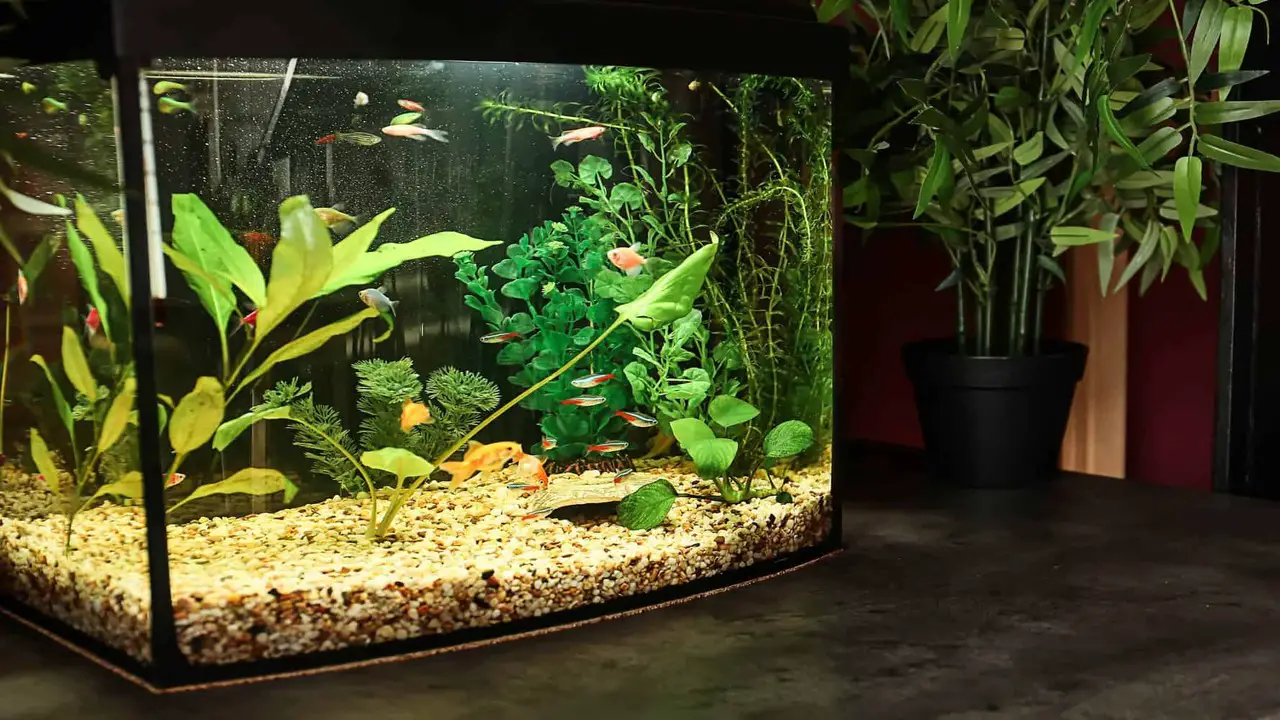
When keeping otocinclus catfish in a 10-gallon tank, people often ask how many are appropriate. The answer depends on various factors, including the size of the tank, the water parameters, and the number of other fish in the tank. Generally, experts recommend keeping no more than 3-4 otocinclus in a 10-gallon tank.
These little fish have a minimal bioload and can thrive in small groups. Ensuring that the tank is not overcrowded is crucial, as this can lead to poor water quality and stress among the fish. Additionally, otocinclus are social fish and prefer to live in groups.
Therefore, experts recommend keeping at least two otocinclus in the tank. Additionally, these fish require a well-established planted tank with algae growth, as they are primarily herbivores and rely on algae as their primary food source. A varied diet of algae wafers and blanched vegetables can help ensure theirs.
The Importance Of Properly Stocking Your Tank
Properly stocking your tank is crucial to maintaining a healthy aquarium environment. The right balance of fish and plant life can create a self-sustaining and visually stunning ecosystem. However stocking your tank with the wrong species or too many fish can lead to overcrowding, aggression, and disease.
Before adding any new fish, it’s important to research their requirements and compatibility with your existing fish. You should also consider the size of your tank and the available space for the fish to swim and hide. Overstocking your tank can lead to poor water quality, harming your fish and plants.
In addition to researching the right species, you should also pay attention to the quality of the fish you’re adding to your tank. Healthy fish should have clear eyes, smooth skin, and active behavior. If you’re unsure about the quality of the fish, ask your local pet store or aquarium specialist for advice. Ultimately, properly stocking your tank requires careful planning and research.
Factors To Consider Before Adding Otocinclus To Your Tank
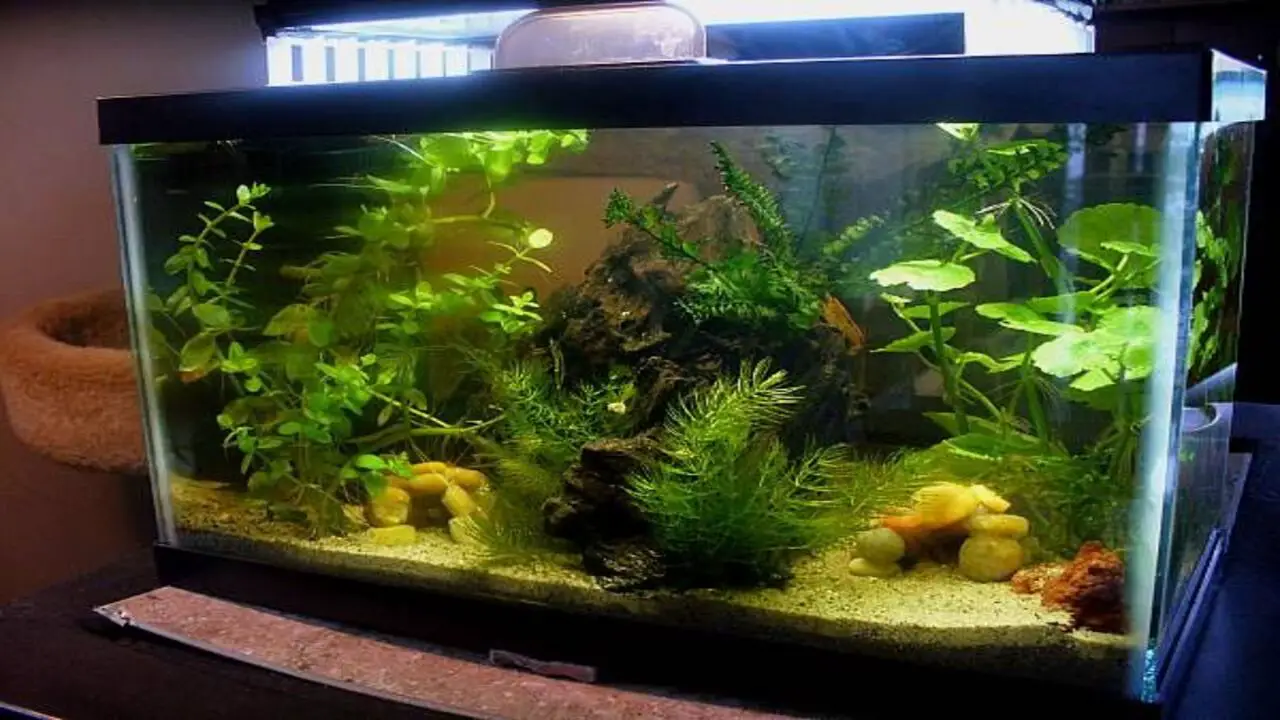
Before adding Otocinclus to your aquarium, there are several factors that you should consider. Otocinclus is a popular freshwater fish commonly handy as an algae eater due to its small size and peaceful nature. However, there are several things that you should consider before adding these fish to your tank.
Firstly, you should consider the size of your tank. Otocinclus requires a minimum tank size of 20 gallons, and they should not be kept in small tanks as they are very active fish that require plenty of space to swim and explore. Therefore, if your tank is smaller than 20 gallons, it may not be suitable to house Otocinclus.
Secondly, you should consider the water parameters of your tank. Otocinclus prefers soft, slightly acidic water with a pH between 6.5 and 7.5. They also require a well-established tank that has been cycled, as they are sensitive to changes in water parameters. Therefore, ensuring your tank is properly set up and maintained before adding these fish is important.
Thirdly, you should consider the compatibility of Otocinclus with other fish in your tank. Otocinclus is a type of catfish that is native to South America. It is characterized by its long, slender body, and its distinctive black, white, and yellow stripes. Otocinclus is a peaceful fish that does well in aquariums with other types of fish.
Recommended Number Of Otocinclus For A 10-Gallon Tank
For keeping fish, it’s important to consider the size of the tank and the number of fish that can comfortably live in it. For a 10-gallon tank, one of the popular choices is Otocinclus. These small, peaceful catfish are great for keeping the tank clean by consuming algae and other debris. However, it’s important to consider how many Otocinclus should be kept in a 10-gallon tank.
The recommended number of Otocinclus for a 10-gallon tank is usually around three to five fish. This number may seem low, but it’s important to remember that Otocinclus are small and don’t require much space. Keeping too many fish in a small tank can lead to overcrowding, resulting in stress and health problems for the fish. Additionally, having too many Otocinclus in a tank can lead to competition for food and territory, which can cause aggression.
It’s also important to note that Otocinclus are social fish and should be kept in at least three groups. This allows them to establish a hierarchy and reduces stress levels. Additionally, keeping multiple Otocinclus in a tank can help distribute the cleaning workload.
Maintaining Water Quality For Otocinclus
Maintaining water quality is crucial for the health and well-being of Otocinclus, also known as the dwarf suckermouth catfish. These fish are highly sensitive to changes in water conditions, particularly in temperature, pH, and ammonia levels.
It is important to keep the water parameters stable and within the recommended range to ensure their longevity and vitality. Regular water changes, filtration, and testing are essential to maintaining optimal water quality for Otocinclus. A good rule of thumb is to perform weekly water changes of 20-30% of the tank volume and to use a high-quality filtration system that can handle the bioload of the fish.
Testing the water regularly using a water testing kit can also help detect any changes or imbalances in the water chemistry before they become problematic. Additionally, it is important to avoid overfeeding, as excess food can increase ammonia levels.
Feeding Otocinclus In A 10-Gallon Tank
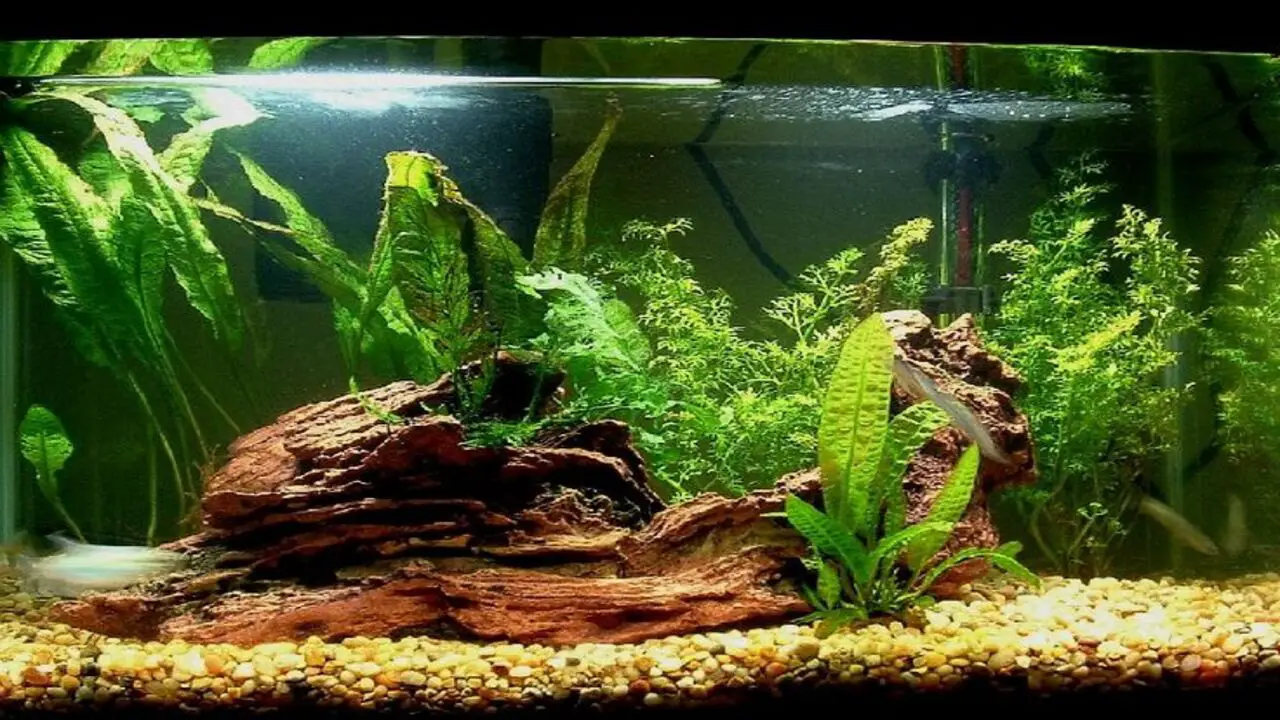
Feeding Otocinclus in a 10-gallon tank requires careful consideration to provide optimal nutrition for these small catfish. Otocinclus are known to be herbivores, meaning their diet should primarily consist of plant material. One of the best ways to feed Otocinclus is by providing algae wafers.
These wafers are specifically formulated to meet the dietary needs of Otocinclus and will provide them with the nutrients they need to thrive. It’s important to feed Otocinclus small amounts of food throughout the day instead of one large meal.
This is because Otocinclus have small stomachs and can only consume small amounts of food at a time. Additionally, it’s recommended to supplement their diet with fresh vegetables such as blanched zucchini or cucumber. These vegetables can be added to the tank in small pieces, providing additional nutrients for the Otocinclus.
What Are The Optimal Tank Conditions For An Otocinclus In A 10-Gallon Tank?
Otocinclus is a popular freshwater fish popular as the dwarf sucker or oto catfish. For those keen on keeping otocinclus in their aquarium, it is essential to create optimal tank conditions to ensure their health and well-being. The optimal tank conditions for an otocinclus in a 10-gallon tank include the following factors:
- Tank size: Otocinclus prefers to live in groups, so keeping at least 4 to 6 of them in the tank is recommended.
- Filtering: Otocinclus requires a well-filtered tank with a good flow rate to keep the water clean and prevent algae development.
- Lighting: Otocinclus requires light to regulate their circadian rhythms properly and to stay healthy. Providing them with a combination of artificial and natural light is important.
- Temperature: Otocinclus requires a temperature range of 73 – 82 degrees Fahrenheit to stay healthy. Using a thermostat to maintain a consistent temperature in the tank is important.
- Water: Otocinclus requires clean water to stay healthy. It is important to provide them with clean water on a regular basis.
- Cleaning: Otocinclus requires regular tank cleaning to remove waste and prevent algae development. Using a substrate that is easy to remove and clean is important.
- Decorations: Otocinclus requires its environment to be clean and free of obstacles. It is important to provide them with a clean tank and to use decorations that are easy to remove and clean.
Common Mistakes To Avoid When Keeping Otocinclus In A 10-Gallon Tank
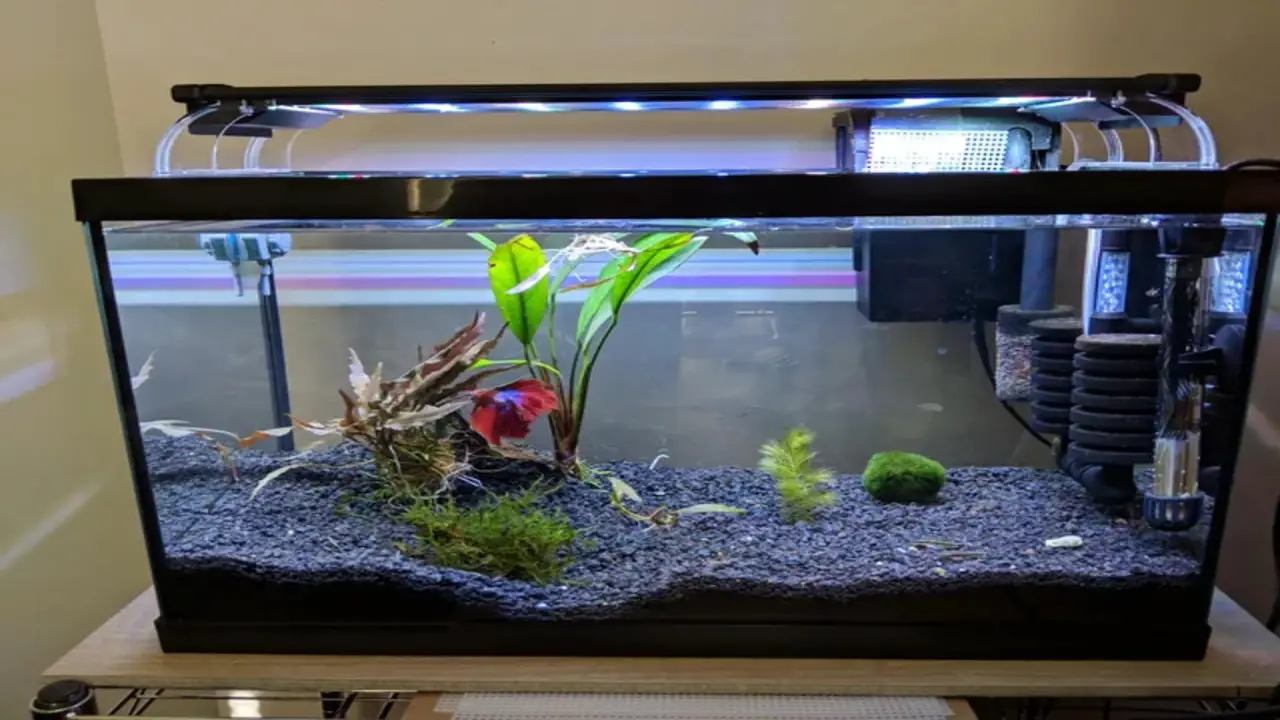
Keeping Otocinclus in a 10-gallon tank can be challenging due to its small size and sensitivity to water conditions. However, they can thrive in a smaller aquarium with proper care and attention. To ensure the health and well-being of your otocinclus, it is important to avoid these common mistakes:
- Overstocking the tank: Otocinclus are small fish and require ample space to swim and explore. Overcrowding the tank can lead to stress and health problems.
- Inadequate filtration: A 10-gallon tank with otocinclus requires a strong filtration system to maintain water quality and keep ammonia and nitrate levels in check.
- Poor water quality: Otocinclus are sensitive to changes in water conditions and require consistent water quality. Regular water changes and testing can ensure optimal conditions for your fish.
4 . Overfeeding: Otocinclus have a small appetite and do not require large amounts of food. Overfeeding can lead to digestive issues and poor water quality.
- Lack of hiding spots: Otocinclus are shy and prefer to hide in plants or other structures. Lack of hiding spots can lead to stress and decreased activity.
Conclusion
Tanks have played an important role in military operations for decades. These armored vehicles are designed to withstand intense enemy fire and cover troops on the ground. In addition to their military uses, tanks have also been handy in civilian operations, such as providing water storage for communities and transporting oil and gas.
Tank crews are highly trained and work together to ensure the tank operates at its maximum capability. It is important to consider the health and well-being of your otocinclus when stocking a 10-gallon tank. While otocinclus can be a great addition to a smaller aquarium, it is important to avoid overstocking.
This will allow them to thrive and exhibit their natural behavior without causing undue stress or harm to themselves or their tankmates. We’ve discussed How Many Otocinclus. As with any aquarium, it is essential to monitor water quality, provide appropriate filtration and maintenance, and ensure that your otocinclus have plenty of hiding places and healthy food options.
FAQ
1.Do Otocinclus Need To Be In Pairs?
Ans: Otocinclus do not need to be in pairs. They are a fungus that lives in freshwater ecosystems and play a role in controlling the population of other organisms in the water. They do not require a mate to reproduce but instead rely on releasing spores into the water.
2.Will Otocinclus Eat All Algae?
Ans: Otocinclus are a type of freshwater fish that is native to South America and is well popular for their ability to eat algae. Aquarium owners often keep them to help keep the tank clean by eating algae that grow on the rocks and decorations. However, algae are not their only food source. These fish can also feed on other small invertebrates, such as worms and crustaceans, and they will also consume detritus and plant matter
3.Are Algae Killing My Fish?
Ans: It is not possible for algae to kill fish. Fish can filter harmful algae and other toxins through their gills and digestive systems. Additionally, fish can recover from algae poisoning, so even if a fish is infected with algae, it is not likely to die.
4.Should I Remove Uneaten Fish Food?
Ans: It is not advisable to remove uneaten fish food from a refrigerator. Discarding food with a spoiling risk can lead to unsanitary conditions and food poisoning. However, if the food has gone bad, it may be best to remove it to avoid spreading harmful pathogens.
5.Which Is Better, Fish Flakes Or Pellets?
Ans: Fish flakes are healthier for fish than pellets because fish flakes offer more nutrients, are less likely to cause gastrointestinal problems, and are easier to digest. Pellets are less nutritious than flakes, more likely to cause stomach problems, and difficult to digest.

Aquarium passion is all about connecting with the aquatic life and providing education to the public on the importance of these creatures. We showcase a wide variety of marine life through our exhibits as well as working with schools to provide unique learning opportunities for students of all ages.

